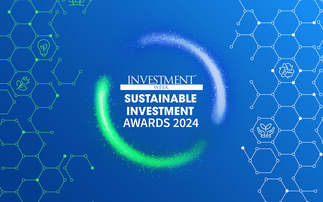The 2015 Paris Agreement was unequivocal: to keep global warming to no more than 1.5°C, to reduce carbon emissions by 45% by 2030 and to reach net zero by 2050. Net zero means cutting greenhouse gas (GHG) emissions as close to zero as possible, with any remaining emissions re-absorbed by the earth's atmosphere, forests and oceans. While the net zero target has been top of the global agenda since 2015, the reality is that since then not much appears to have changed. China, the US, India, Russia, and Japan are still the world's top five carbon emitters. However, there is palpable progress...
To continue reading this article...
Join Investment Week for free
- Unlimited access to real-time news, analysis and opinion from the investment industry, including the Sustainable Hub covering fund news from the ESG space
- Get ahead of regulatory and technological changes affecting fund management
- Important and breaking news stories selected by the editors delivered straight to your inbox each day
- Weekly members-only newsletter with exclusive opinion pieces from leading industry experts
- Be the first to hear about our extensive events schedule and awards programmes








